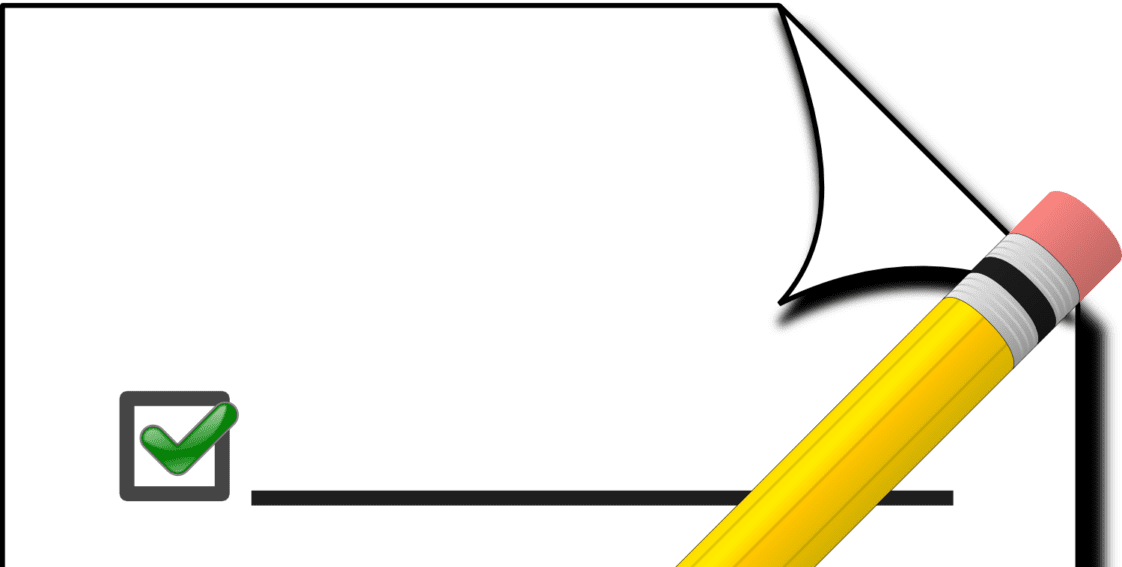
The Ultimate End of Year Checklist for Small Business Owners
We can all agree that keeping a business afloat in a competitive market is quite tricky. It’s even sad that more than 20 percent of new businesses don’t get to celebrate their first anniversary. You have to reevaluate your business goals every year for continued success.
Make an end-of-year checklist that you can use to measure and analyze the strides your business made. Reviewing this checklist will allow you to finish the year strong and set your company up for success. Check your income statements and cash flow statements to review your profits.
So, where should you start when preparing an end-of-year checklist? Here are seven aspects of your business that this checklist should cover.
Review and Update Your Business Goals
If you like starting the year by setting revenue goals, include them in your year end checklist. Check whether your revenue streams have been constant and investigate the factors that slowed them down.
Use your employees’ input, customer feedback, and your financial statements to assess your business goals. Focus on both strengths and weaknesses you had when trying to achieve these goals. You should also create a top-level plan for your new goals to achieve them.
Think about tax planning at the end of your financial year to save tax-related expenses and fines. You may write off bad unpaid debts and prepay for services your business needs as part of tax planning.
Review your commercial insurance to ensure that the coverage meets your company’s needs. The coverage should change with the growth or expansion of your business.
Take an Inventory Count as Part of Your End of Year Checklist
An inventory count allows you to identify products that sell well and those that don’t. You can use this data in assessing whether you’ll exchange the low-selling inventory with something else.
Take time to investigate any significant discrepancies in your inventory to avoid huge losses. Remember to document your inventory procedures to prevent errors and omissions. You may switch to an automated inventory management system for accurate and reliable inventory counts.
If your small business sells merchandise, makes purchases, or produces, you should maintain an inventory. This ensures that your business has enough products to cater to customers’ demands.
Review Your Vendor Information
Ensure that you have accurate and updated information on your suppliers or vendors. You should also list any new partnerships you established with them in your business end of year checklist. The sets of information may include a contact name, email address, and phone number.
If you still have time, negotiate better deals with other vendors to save operational costs. You should also file and send 1099 forms to your company’s subcontractors and vendors before the IRS deadline. The IRS (Internal Revenue Service) will use 1099 forms to evaluate non-wage transactions and payments between your business and subcontractors.
Assess Your Staffing Needs
As you take inventory of your employees, determine whether you need to hire more people in the coming year. You should also have a budget to support the extra workforce that you want to bring on board. Create new roles to maximize your workers’ unique talent for productivity.
Consider reviewing your benefits and compensation plans to ensure that they’re active and competitive. You may also update your employee and payroll information for former or new employees.
You can determine your staffing needs by evaluating the business flow and engaging with your human resource managers. Pay close attention to the customer experience to assess whether the customer support team is highly equipped for this role.
Reflect on Your Business Successes
Tracking your company’s accomplishments allows you to focus resources on profitable ventures. Your employees will also feel motivated every time you celebrate achievements made by them.
Document your achievements and share them with your workers, clients, and suppliers. You should also recognize outstanding performers at your workplace with gifts or promotions to boost productivity.
You may run your end-of-year financial reports to determine the profits and losses made. Insights given by these reports can allow you to rethink your business goals for continued success. Involve a competent accountant when preparing and reviewing these documents to get great value from them.
Audit Your Business Website
Run your site’s URL through an online site audit tool to assess its clickability rates. You also need to identify and fix any SEO problems lingering on your site. SEO-related issues like keyword stuffing and improper formatting may make your site fail to be visible to your target audience.
With the help of a web designer, analyze your site’s design and user experience. Ensure that the menu is easy to use and load speeds are ideal for visitors to stay longer on the site. You should also check whether the website content covers your customers’ needs.
When looking at the site’s design, ensure that the texts and images align with the ideal formatting requirements. The audit should also focus on how your website drives traffic from your social media pages. You should include links to your social media pages on your website and vice versa.
Back Up Your Business Files
Create backups of your company’s files, including creative briefs and valuable emails, to prevent data loss. You should also back up your client information and accounting documents in secure cloud storage. Encourage your employees to save essential documents on the cloud and external hard drives as you prepare for a new business year.
Have at least three copies of the backed-up data if you lose the files to fire or hacking. You should also store the files in several formats (cloud, tape, or disk) for easier access.
Need a Review of Your Commercial Insurance?
It’s pretty tricky to balance work-related tasks and family responsibilities as the year comes to an end. Making an end-of-year checklist for business can help you keep track of these tasks. The checklist can also set you up for success and productivity in the coming year.
Reviewing your commercial insurance should be part of your business end-of-year checklist. You can count on use for property-casualty coverage suited for businesses like yours. We can help you find the ideal coverage for your company.

